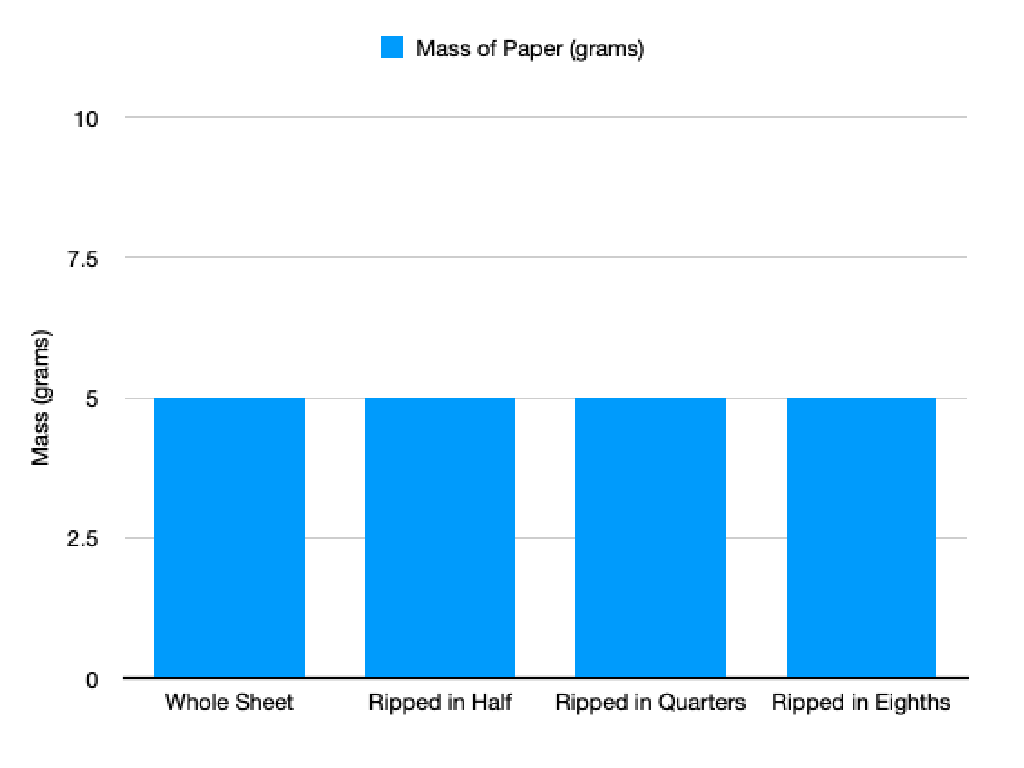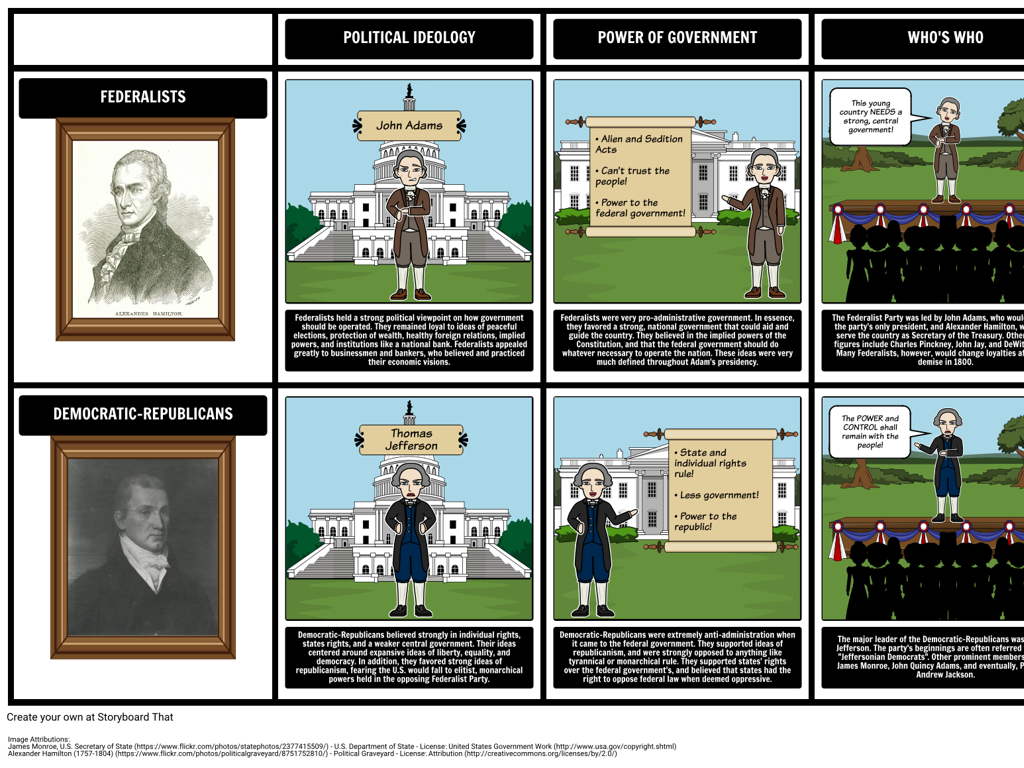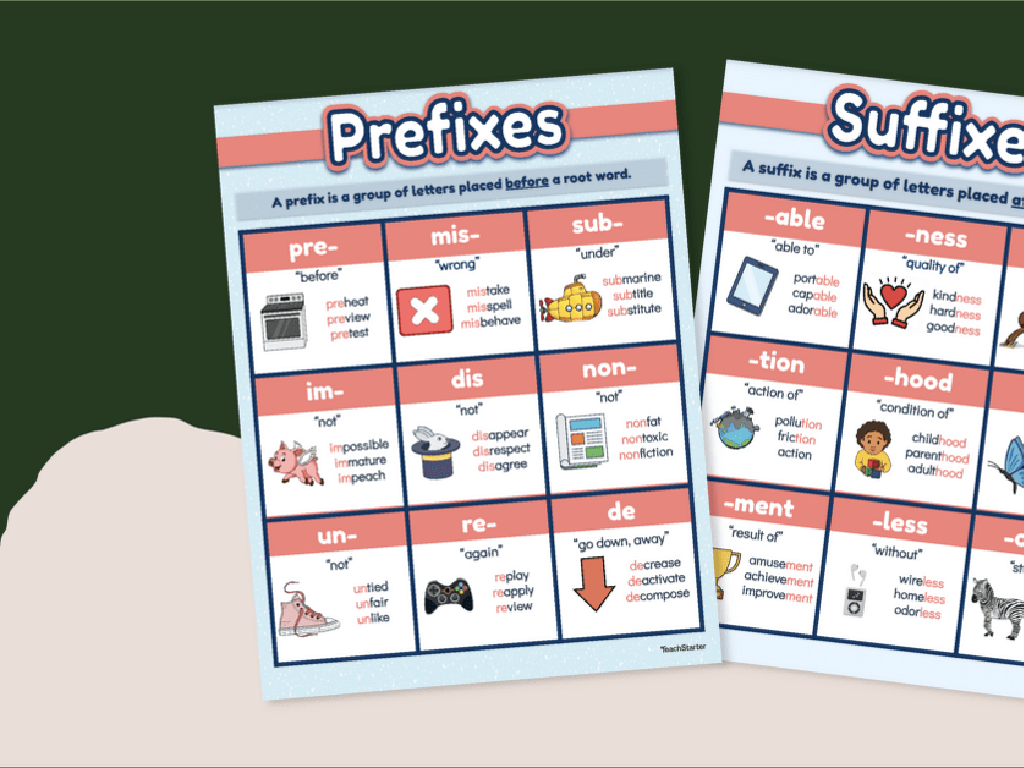Identify Trapezoids
Subject: Math
Grade: Fourth grade
Topic: Quadrilaterals
Please LOG IN to download the presentation. Access is available to registered users only.
View More Content
Today’s Adventure: Identifying Trapezoids!
– What is a Quadrilateral?
– A shape with four sides and four angles
– Trapezoids are special quadrilaterals
– Only one pair of parallel sides
– Identifying trapezoids in shapes
– Look for one pair of parallel sides in different shapes
– Exploring types of trapezoids
– Isosceles and right-angled trapezoids
|
Begin the lesson by defining a quadrilateral and then narrowing down to trapezoids, highlighting their unique feature of having only one pair of parallel sides. Use visual aids to help students identify trapezoids among various quadrilaterals. Discuss the properties of trapezoids and how to spot them by looking for the parallel sides. Introduce the concept of different types of trapezoids, such as isosceles and right-angled, and explain their properties. Encourage students to bring in examples of trapezoids they find at home or in the classroom for the next lesson to reinforce their understanding.
What is a Trapezoid?
– Definition of a trapezoid
– A quadrilateral with at least one pair of parallel sides
– Key characteristics
– Non-parallel sides are called legs; parallel sides are bases
– Comparing trapezoids
– Unlike parallelograms, only one pair of sides is parallel
– Trapezoids in geometry
– Understand where trapezoids fit within the family of quadrilaterals
|
This slide introduces students to the concept of trapezoids, a specific type of quadrilateral. Begin by defining a trapezoid as a four-sided figure with at least one pair of parallel sides. Highlight the unique characteristics of trapezoids, such as the non-parallel sides (legs) and the parallel sides (bases). Compare and contrast trapezoids with other quadrilaterals like squares, rectangles, and parallelograms, emphasizing that trapezoids only have one pair of parallel sides. Use this opportunity to reinforce the broader category of quadrilaterals and how trapezoids fit into this group. Provide visual examples of trapezoids and encourage students to identify trapezoids in real-life objects around them.
Parts of a Trapezoid
– Identify trapezoid bases
– Top and bottom sides of a trapezoid
– Recognize trapezoid legs
– The non-parallel sides connecting bases
– Non-parallel sides concept
– Sides that don’t run parallel are legs
– Trapezoid shape exploration
|
This slide is aimed at helping fourth-grade students understand the different parts of a trapezoid. Start by explaining that a trapezoid is a type of quadrilateral with at least one pair of parallel sides, known as the bases. The other two sides, which are not parallel, are called the legs. Emphasize the importance of recognizing these parts to differentiate trapezoids from other quadrilaterals. Use diagrams to visually represent the bases and legs. Encourage students to draw their own trapezoids and label the bases and legs. This foundational knowledge will be crucial for understanding more complex geometric concepts in the future.
Exploring Trapezoids Around Us
– Spot real-life trapezoids
– Look for trapezoids in objects like tables or frames
– Learn trapezoid variations
– Isosceles and right-angled trapezoids have special properties
– Trapezoids in our classroom
– Identify trapezoids in classroom items
– Activity: Find a trapezoid
|
This slide aims to help students recognize trapezoids in the world around them and understand their different types. Start by showing examples of trapezoids in everyday life, such as a table or a picture frame. Discuss the properties that make a quadrilateral a trapezoid, such as having one pair of parallel sides. Introduce the concept of isosceles and right-angled trapezoids, highlighting their unique features. Engage the class by having them look around the classroom to find objects shaped like trapezoids. For the activity, students can draw or list items they find and explain why they are trapezoids. This will reinforce their understanding and help them apply the concept of trapezoids to real-world objects.
Identifying Trapezoids: Group Activity
– What is a trapezoid?
– A quadrilateral with at least one pair of parallel sides
– Sorting shapes into groups
– Pick out the trapezoids
– Look for quadrilaterals with only one pair of parallel sides
– Discuss our findings
– Share why you think they are trapezoids
|
This slide introduces a group activity focused on identifying trapezoids among various shapes. Begin by explaining that a trapezoid is a type of quadrilateral with at least one pair of parallel sides. Divide the class into small groups and provide a mix of shapes for them to sort. Each group should work together to identify which shapes are trapezoids and place them in a separate pile. After sorting, each group will discuss their findings and explain their reasoning. As a teacher, facilitate the discussion by asking guiding questions and confirming correct identifications. Possible activities include using shape cutouts, drawing shapes on the board, or interactive digital sorting. This hands-on approach helps solidify the concept of trapezoids in a collaborative and engaging way.
Drawing Our Own Trapezoids
– Practice drawing trapezoids
– Share drawings with the class
– Discuss trapezoid properties
– A trapezoid has one pair of parallel sides
– Understand what makes a trapezoid
– Identify the parallel sides in your drawing
|
This slide is for a class activity focused on drawing trapezoids. Begin with a guided practice where students draw trapezoids, ensuring they understand that a trapezoid is a quadrilateral with at least one pair of parallel sides. After drawing, students will share their trapezoids with the class to see the variety of shapes that still qualify as trapezoids. Lead a discussion on the properties that make their drawings trapezoids, emphasizing the importance of the parallel sides. This activity will help solidify the concept of trapezoids by combining visual, hands-on creation with peer learning and teacher-led discussion. Possible activities include drawing trapezoids of different sizes, coloring the parallel sides, or cutting out paper trapezoids to create a collage.
Class Activity: Trapezoid Hunt!
– Understand the Trapezoid Hunt rules
– Find trapezoids in the classroom
– Look for objects with one pair of parallel sides
– Draw the trapezoids you find
– Use your notebook to sketch the trapezoids
– Discuss your findings with the class
– Explain where you found them and why they’re trapezoids
|
This interactive activity is designed to help students apply their knowledge of trapezoids in a fun and engaging way. Begin by explaining the rules: students must search the classroom for objects that have the shape of a trapezoid, which is a quadrilateral with at least one pair of parallel sides. They should sketch what they find in their notebooks. After the hunt, students will share their drawings with the class and discuss why each object is a trapezoid, reinforcing their understanding of the shape’s properties. Possible variations of the activity could include a trapezoid scavenger hunt outside the classroom, creating trapezoids with art supplies, or using digital tools to draw trapezoids they’ve found.
Trapezoids: Conclusion and Review
– Recap: What are trapezoids?
– A trapezoid has one pair of parallel sides
– Review trapezoid characteristics
– They have 4 sides, with only one pair parallel
– Q&A session
– Summarize today’s learning
– Let’s remember the key points about trapezoids
|
As we wrap up today’s lesson, let’s revisit what we’ve learned about trapezoids. A trapezoid is a special type of quadrilateral with one pair of parallel sides. We’ve looked at the shape’s properties, including its sides, angles, and how it differs from other quadrilaterals. Now it’s time to open the floor for any questions the students might have. This Q&A session will help clarify any doubts and reinforce their understanding. Finally, summarize the key takeaways to ensure that the students can recognize and describe trapezoids confidently. Encourage them to think of real-life examples of trapezoids they might encounter outside of the classroom.






